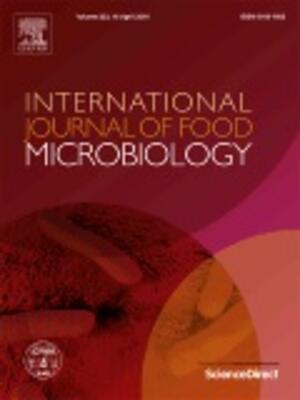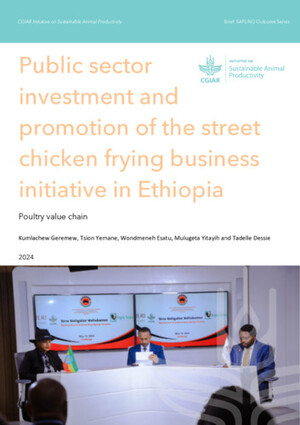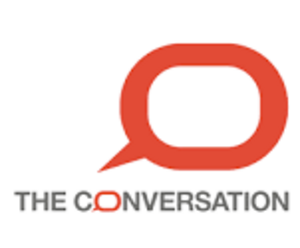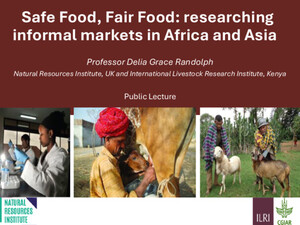
Indigenous markets for dairy products in Africa: trade-offs between food safety and economics
Abstract
In the absence of information on which to base policies in emerging dairy markets in developing countries, public officials have tended to rely on models for dairy product marketing and health assurance derived from industrialised countries where large-scale production systems, cold-chain pathways and milk pasteurization and packaging are key features. These models have invariably failed in many African market situations where small-scale dairy systems without cold-chain market pathways currently dominate and will continue to do so in the foreseeable future. The main reason is simple: many resource-poor consumers simply refuse to pay the extra costs that pasteurized, packaged milk incurs, and prefer to buy raw milk and boil it themselves. But the role of traditional preferences should not be discounted: in Kenya, high-income consumers express the same preference for raw milk as do those with lower income, and often end up buying more of it. As a result, informal or raw milk and traditional product markets generally dominate in developing countries, comprising over 90% of the market in Tanzania and Uganda, for example, and some 83% of the market of the world’s largest milk producer, India. In Kenya, the informal market has some 85% market share.
The issue, of course, is public health concerns linked to raw milk. Current dairy market policies throughout the developing world have largely been adopted from the West, and reflect international standards of food safety, etc. However, as the percentages above show, they are being systematically ignored, and as a result, most consumers buy milk and dairy products that are completely outside any regulatory environment. It is possible that to better address the public health issues, policies may need to take a more pro-active approach to informal milk trading, and which better address the realities of consumer willingness to pay for higher standards. The policy question which needs to be answered is thus: is it preferable to maintain strict milk standards which result in higher costs and thereby free most marketed milk into informal channels, or is the public better off by standards that are relaxed but capture more of the informal market? If standards were relaxed to allow raw milk marketing, yet maintain some regulations regarding handling and if some incentives were given to milk traders to comply (e.g., training and certification), then a much larger proportion of the milk market may fall under regulatory control, improving the average standards of milk in the market.
An important step to addressing this issue is to collect quantitative and qualitative information about milk-borne health risks under different production and marketing situations. This paper describes specific dairy marketing studies in Kenya, Ghana and Tanzania aimed at assessing public health risks from informally marketed milk and examines the economic trade-offs that policy makers should consider. Preliminary results from Kenya are presented and recommendations on cost-effective and practical interventions to improve milk safety made.
Citation
Omore, A.; Staal, S.; Kurwijila, L.; Osafo, E.; Aning, G.; Mdoe, N.; Nurah, G. 2001. Indigenous markets for dairy products in Africa: trade-offs between food safety and economics. Paper presented at the 12th Symposium on Tropical Animal Health and Production, "Dairy Development in the Tropics" organized by the Faculty of Veterinary Medicine, Utrecht University, November 2 2001, Utrecht, The Netherlands. Nairobi (Kenya): ILRI









